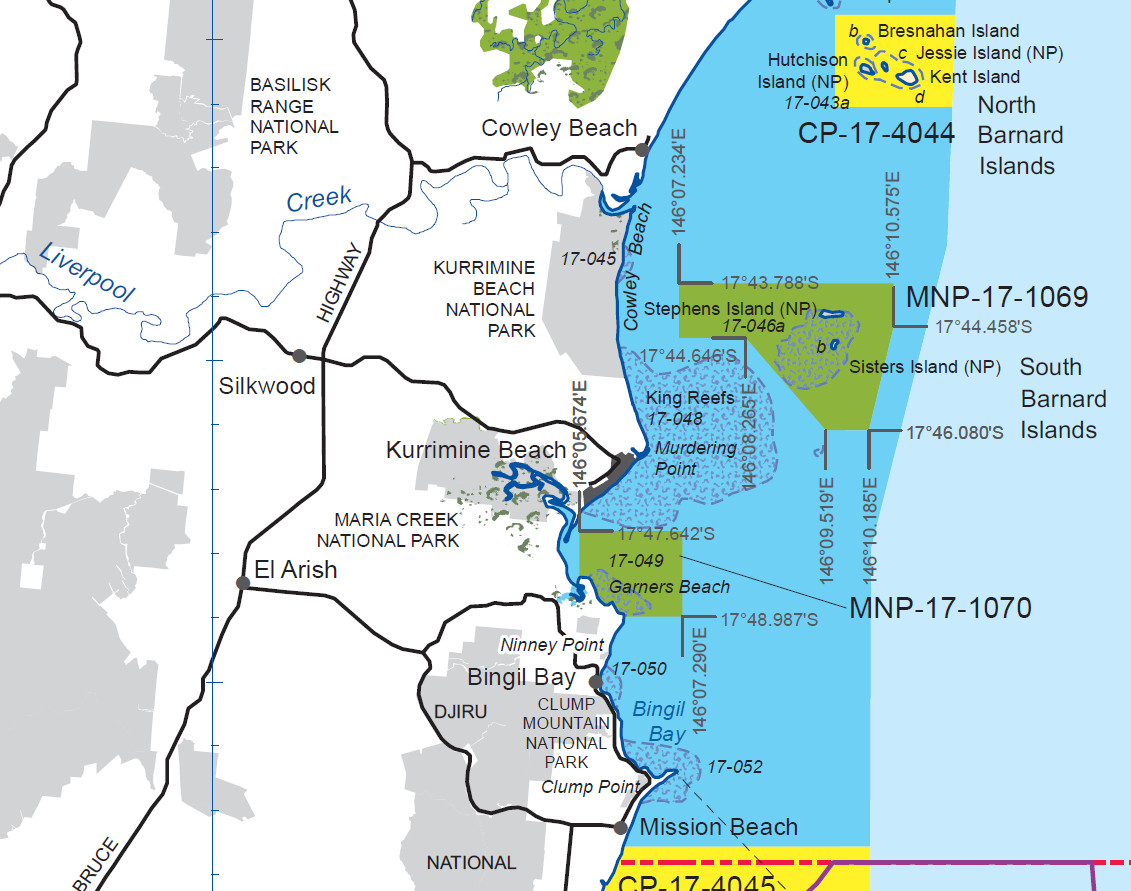Both tropical longfin squid (often called tiger squid) and southern calamari squid often hunt near shore where they can be caught from beaches, jetties and rocks.
Tiger squid will hunt in a few inches of water in the tropics, and the author has caught them in these situations on a fly rod – the proof can be seen here.
Southern calamari squid are found almost anywhere there is a weedbed or broken sandy bottom.
Dusk and dawn are usually the best times for catching southern calamari, but tiger squid will hunt night and day.
Both species prefer clear water.
Arrow squid and cuttlefish are more likely to be seen further offshore.
Squid can be taken from shore using standard artificial jigs or baited jigs.
A casting rod with 6kg line is ideal, you might want to use heavier line if fishing from a jetty where you must pull large squid up – the squid will never weigh 6kg but some reserve in the line helps, and you never know when a giant cuttlefish might show.
In southern waters squid are often targeted by using a baited ‘spike jig’ under a float. A small fish is impaled on the jig and cast out under a float.
When using jigs with no barbs on the hooks always keep the line tight after hookup or the jig might detach from the squid.
Squid can be sight-fished in many locations.
To find your squid, patrol likely spots at dawn and dusk, with most locations fishing best at high tide.
Squid are great fun for kids to catch.
Squid are delicious, and being abundant you don’t have to feel guilty about eating them.
Squid fishing gear
A 6kg spinning outfit is suitable for squidding. See eBay listing here.
Standard unbaited squid jigs such as these work well, see eBay listings here.
Baited 'spike jigs' work well on large calamari squid in all southern states. These jigs are cast under a float and left out until a squid takes the bait. Bait the jig with a small fish such as mullet. These large baited jigs look clumsy compared with the smaller jigs more commonly seen, but they are effective ... see eBay listings here. The barbed version is even better if you can find them.
Smaller squid can be targeted with baited spike jigs such as these ... see eBay listings here.
Don't forget to take a sharp knife and a bucket because squid squirt ink and are a messy catch. Some freezer bags are always handy so you can part-process your squid on location.
Good luck!
Check out Parsun outboards on eBay
Email updates or corrections to [email protected]


